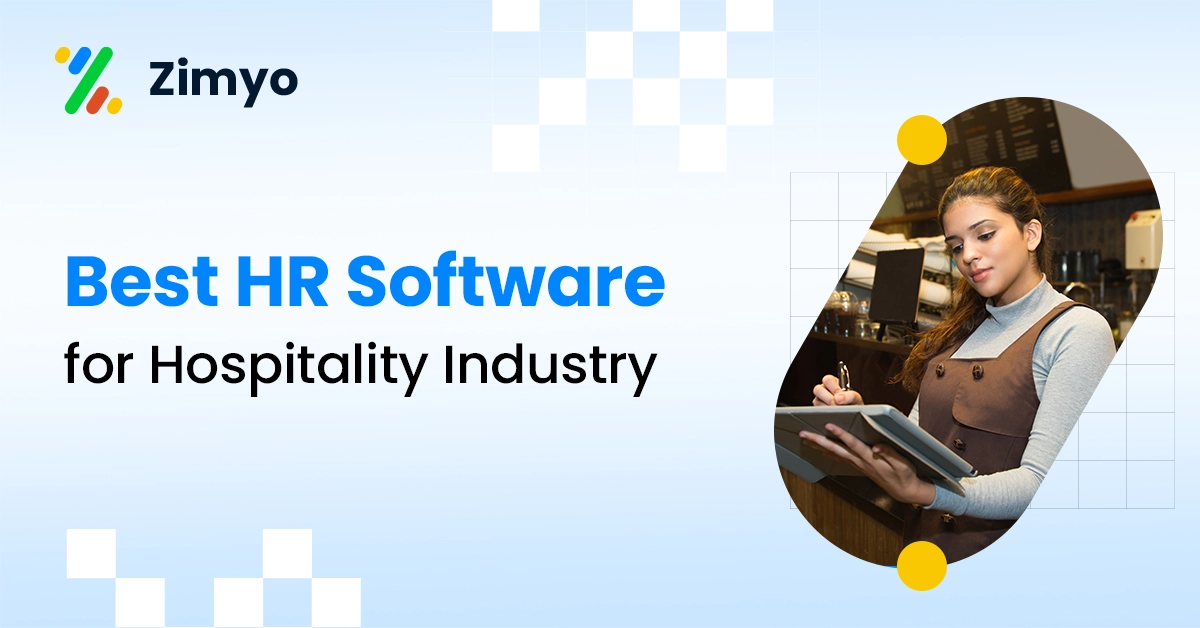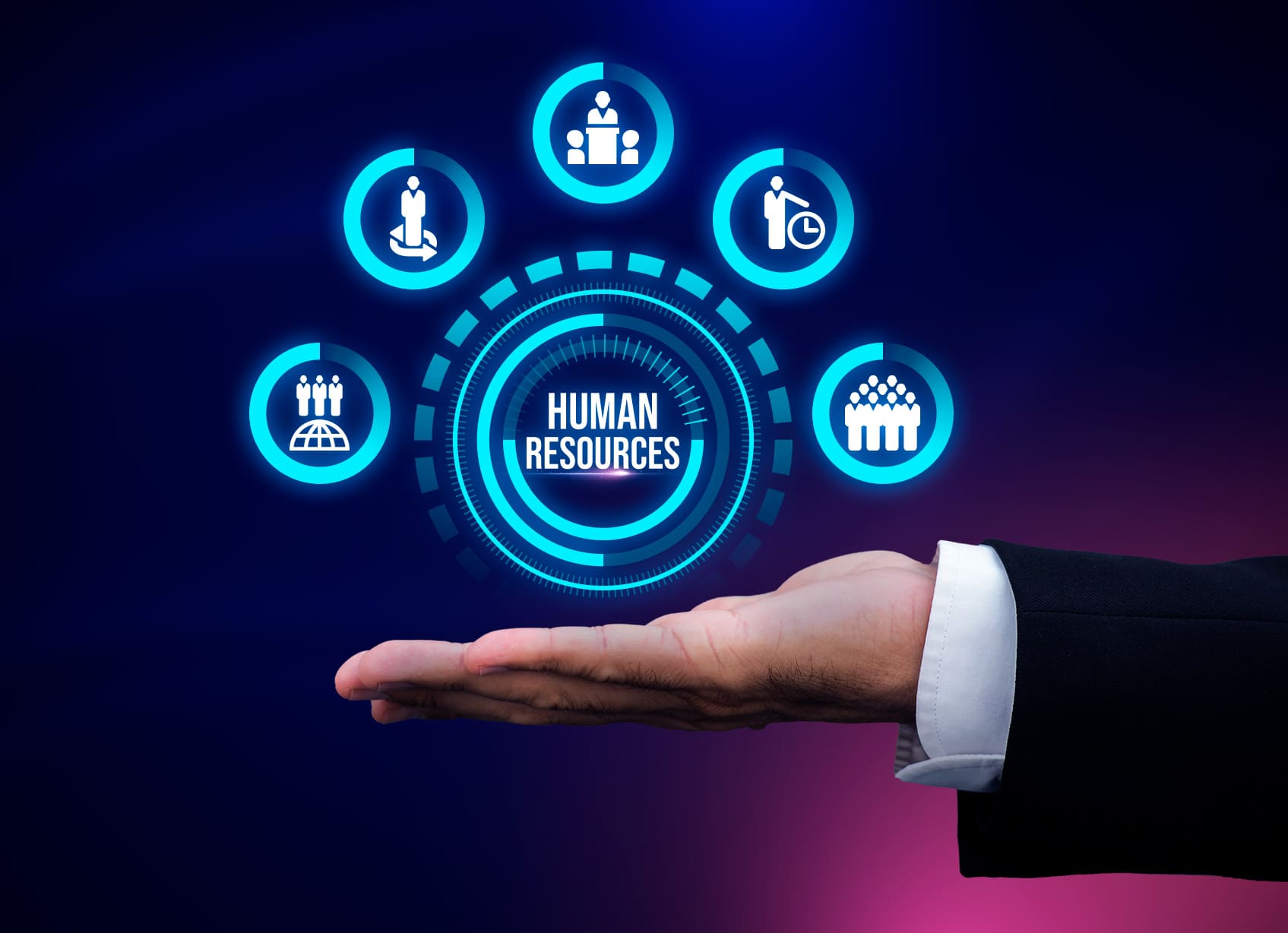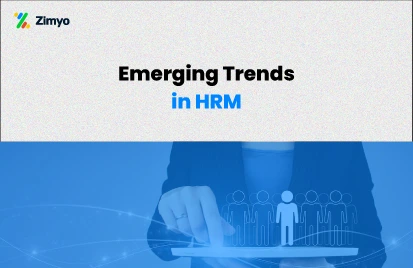In the era of digitalization, every other task is being dealt with by machines, reducing the need for human resources in various fields. Similar devices in trend nowadays are biometric devices.
Let us know more about them.
Introduction to biometric devices
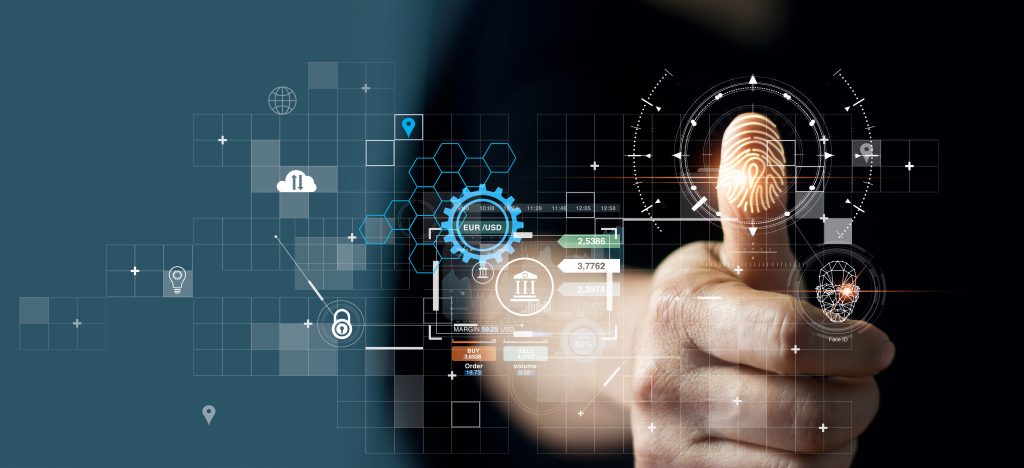
Biometric devices are the identification of a person using the measurement of their biological traits.
The technological device is mainly used to address security issues by identifying or accessing control of specific individuals by statistical analysis of either psychological or behavioral characteristics.
Biometrics can include fingerprint, iris scanner, or facial recognition to verify identities proving them to be more secure and convenient than passwords.
From organizations using it to track the attendance of their employees to households using it for security purposes, almost everyone nowadays is seen to be relying on these technological devices.
Types of biometric devices
There is a ton of variety regarding the types of biometric devices revolving around the market. From fingerprints and eye scanners to DNA, the technology has kept stepping up to provide the best security possible to potential customers.
Some types of biometric devices are as follows:
1. Physical Biometric
Physical biometrics are the common ones used more widely across the world. These are easy to track as many psychological factors exist in every human that varies from one another. Dynamic authentication systems occupy less than 20% of the market. However, there has been an increase in the usage of the same. The market is still inclined towards physical biometric methods.
Physical biometrics tracks factors like fingerprints, facial features, retina, iris, and much more before granting access to the individual.
• Facial Recognition
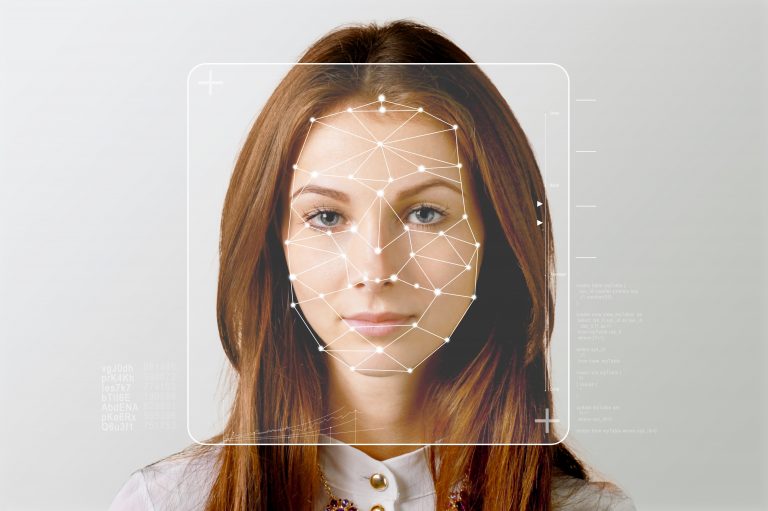
Another method used for the identification of people is by recognition of their facial features, such as the contours of the eyebrows, eyes, nose, lips, chins, and more, to capture a digital image of their face that is stored in the database and later used to compare individual face’s appearance for granting the permission. This method’s security level is also considered high and reliable. Several options for changing the image depend on factors like face tilt, facial expressions, and more.
Organizations too are using biometric attendance devices to track their workforce attendance and manage the HR functions better.
Mark your attendance with a selfie!
• DNA Matching

In this method, the identification of a person is made based on their DNA code. The process begins with preparing a DNA sample first. After its analysis, a profile is generated, later compared to another instance to match the individual’s identity.
In many cases, this can be used at crime scenes or to prove family ties. The accuracy level of this biometric method is also considered to be very high.
• Fingerprint Recognition
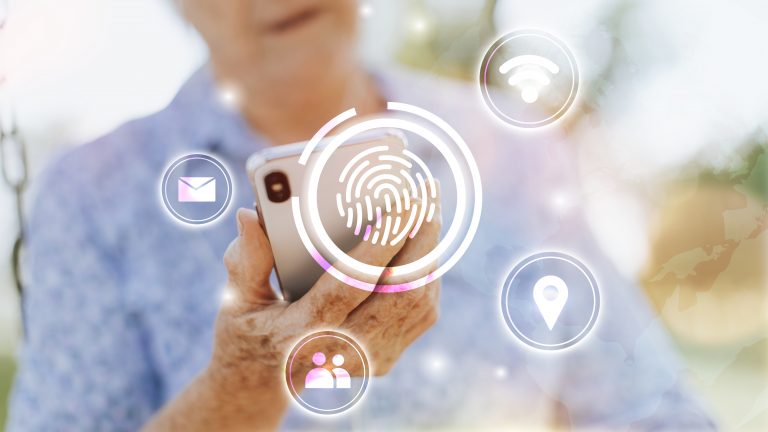
This one is the most worldwide used biometric method among all. The papillary patterns of a person’s finger are captured in the form of a digital code stored in the database.
Later this is compared with the fingerprint trying to grant access and only providing permission if the fingerprint matches. As the same fingerprint cannot belong to more than one person and neither can be forgotten, such as a password or a card, this biometric form is considered very secure and safe.
Majority of the firms still use this type of biometric attendance devices to mark the absence and presence of their employees. The unique fingerprint in these biometric attendance devices captures a person’s identity instantly and marks them accordingly.
Spoof Proof with Zimyo!
• Iris Recognition
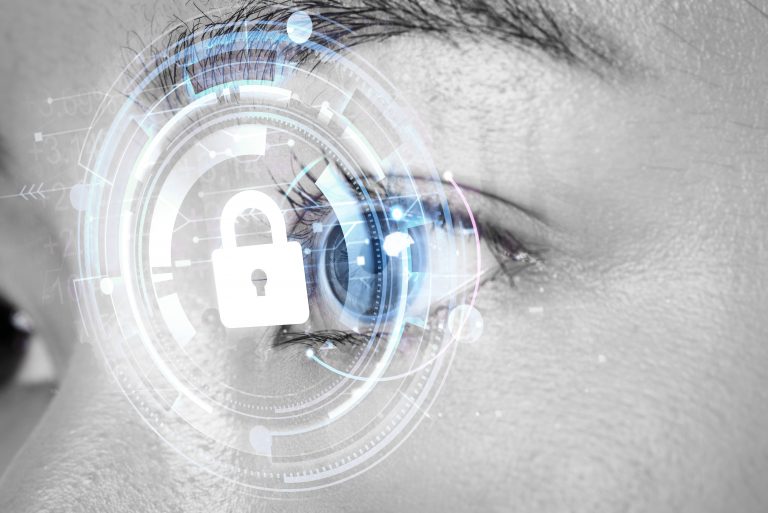
In this form of biometric, the iris pattern is scanned using a high-resolution camera. Later it is converted into a digital code used to compare in the future. The image captured is black and white, as discoloration of an iris is possible with age.
It is also a much-used biometrics method worldwide as no external item is required, and the security rate is also considered high.
Many more methods exist in physical biometric types, such as palm vein recognition and body odor recognition, but the most common ones are already being explained.
Now comes another type of biometric attendance devices using behavioral traits too. Although they are mostly practiced in high-end organizations but it still is a very secure way.
2. Behavioral Biometrics
Behavioral biometrics are based on an individual’s physical and cognitive behavior to identify if they are legitimate or fraudulent. It uses machine learning to examine patterns in human activity and determine whether someone is whom they claim to be when they do activities online.
Three main types of behavioral biometrics are:
• Kinesthetics
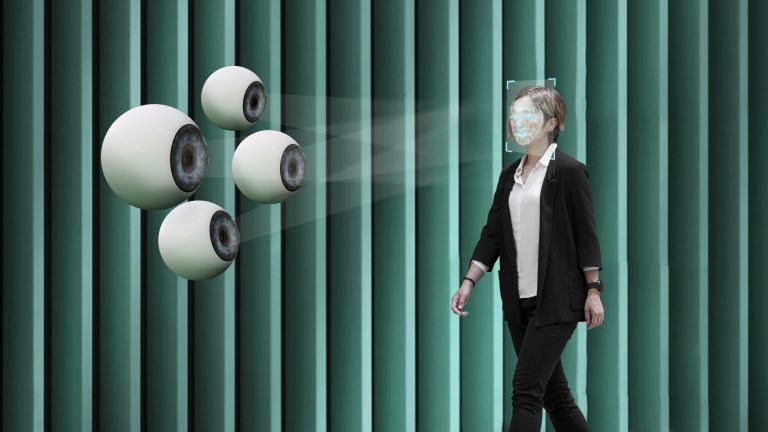
This includes attributes like posture and gait of an individual in which the bodily position, pace of travel, walking style, and body posture are noticed to differentiate them from others. These types of biometric attendance devices can be seen in movies but the technology in reality has seen growth too, to practice this in real.
• Voice Inputs
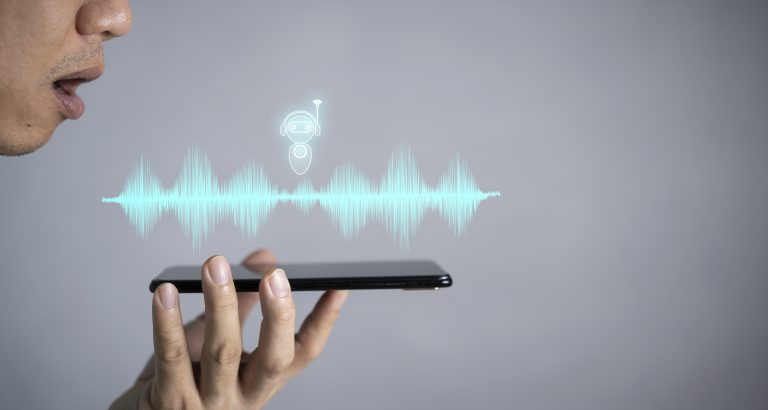
Voice biometric recognition requires the voice of the person whose identity will be saved in the security system. The science behind voice biometrics is that it relies on the fact that a person’s voice and its characteristics correlate strongly to the physiological qualities of how a human being builds their speech.
Unlike shown in stories and movies, voice biometric attendance devices does not rely on a secret passphrase to have access to things.
• Device-based Inputs
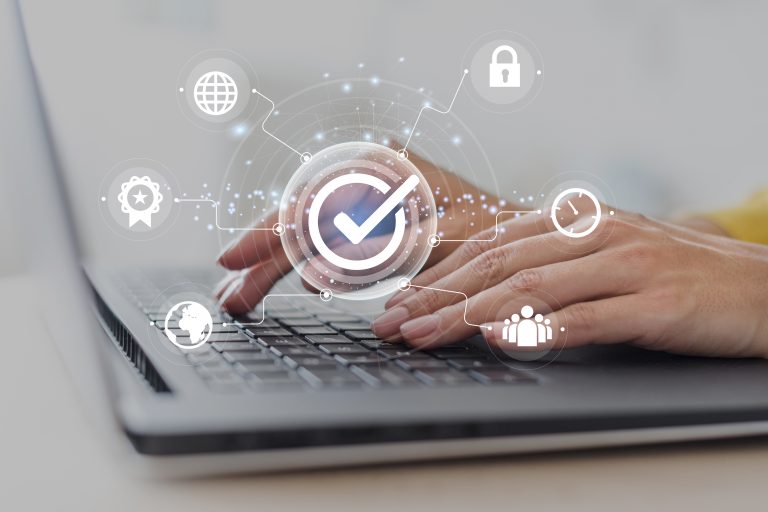
Cursor movement and keystroke dynamics of individual differences between people. These biometric attendance devices include a mix of keystroke speed, tracking speed, direction changes, clicks, and other mouse or trackpad cursor movement patterns.
this can be found in smartphones too, where a person can save specific movements on their mobile screen to activate particular features, apps, or services.
Uses of biometric devices
The amount of security a biometric attendance device can provide is unmatchable in terms of convenience. A secure environment is promised without using any passwords or other external sources. The already existing parts of an individual are used for identifying and granting access to them.
Passwords and pins can be stolen, but it is nearly impossible to steal a biometric identification like an iris scan or fingerprint from a robust biometric attendance device.
As a leading product in the technological era, biometrics has proved extremely useful in almost all areas where security is needed. Some of the following areas are:
1. Airport Security
At airports, biometric attendance devices have been used for a long time to verify the passengers’ identity without any hurdles and chaos. The airport staff themselves use these solutions to easily mark their presence.
At first, it started with some of the major airports, but as the technology is reaching its claws widespread, the use of biometrics is done in almost every airport for hassle-free entries of passengers.
2. Smartphones
The most common use of biometric attendance devices nowadays is in smartphone security.
To access your smartphone, you must scan your fingerprint or face to unlock the smartphone, only if you’ve activated the lock settings in your mobile accordingly.
This ensures the safety of your data inside the mobile phone, as no one else gets permission to access it until you allow it.
The most common mechanisms available in smartphones are fingerprint and face scans, but companies are improving their technological ideas day by day to come up with more safe and more reliable methods to secure your data. Even the banking apps are safer with this option by enabling two-factor authentication to access those apps. Firstly with the fingerprint, then a pin in their biometric attendance devices.
3. Aadhar card update
Aadhar is one of the essential documents to reside in India. As modernization took place, the government of India announced aadhar cards containing the individual’s biometric data, including all ten fingers and an iris scan of both eyes.
The biometric data is to be matched with the demographic data provided by a person for cross-verifications to eliminate any chances of duplication of the aadhar number. Under no circumstances can two different people have the same set of fingerprints and iris, which ensures the uniqueness of this document. Once allotted, no other aadhar card is allocated to the same person.
4. Housebuilding/Society access
Security is essential everywhere, business organizations, banks, or houses. To minimize the number of crimes such as theft and robberies in homes, biometric attendance devices have been installed in almost every entry gate of a housing building, permitting entrance only to the residents. This ensures the minimization of unwanted people in a locality and keeps away thieves, ensuring the safety of the residents.
5. Attendance machines
With the help of biometrics attendance devices records of employees can be maintained without any chaos of keeping a register. In many schools and business organizations, the members are expected to scan their fingerprints through the biometric attendance devices, and their attendance records are updated. In the end, it becomes relatively easy to calculate the attendance of a student or an employee.
As the world is moving forward, the use of biometric attendance devices is increasing simultaneously, first in the professional sector but now in personal life too. In the future, even small things will require a biometric attendance device to gain access to, leaving the world of pins and passwords far behind.
Track your entire workforce at a single place!
Future of biometric devices
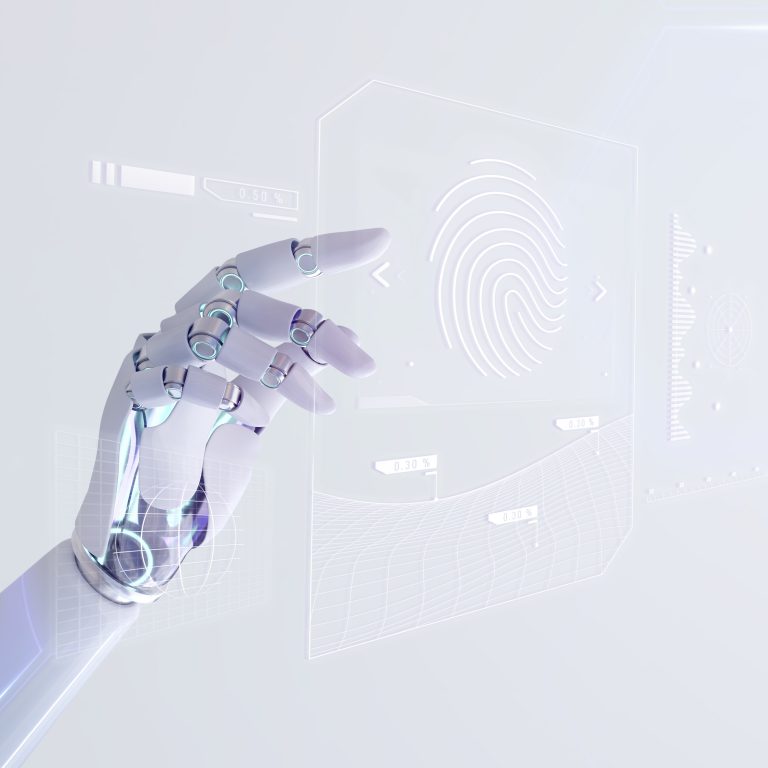
In the upcoming years, biometric attendance devices will become an integral part of our lives, providing an easier, faster, and more secure way of accessing resources and almost eliminating the risk of fraudulent identities and thefts.
Even though biometrics technology is already touching heights, companies are still working to make it more secure and innovative for the future.
Other than just fingerprints and face recognitions, we might witness biometric attendance devices engaging heartbeat patterns and DNA signature reading in the future.




